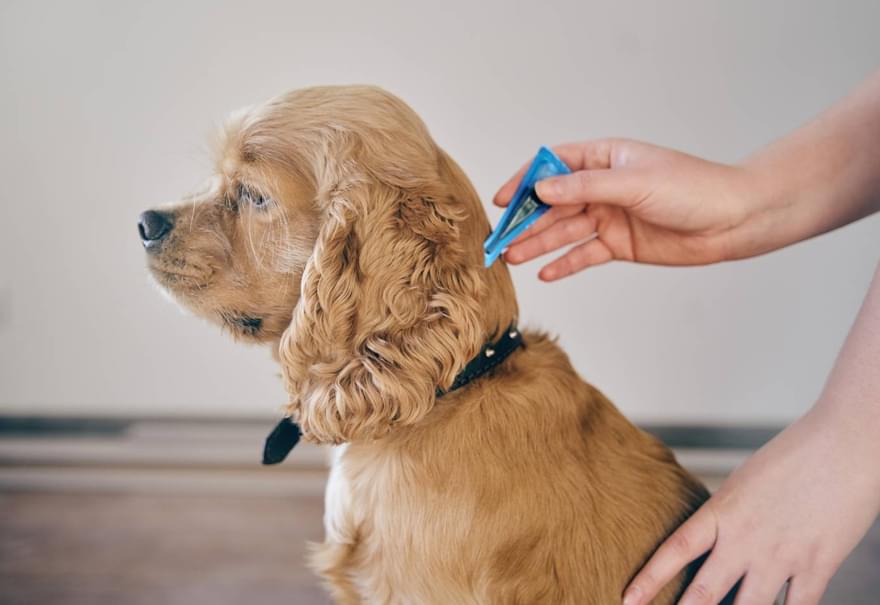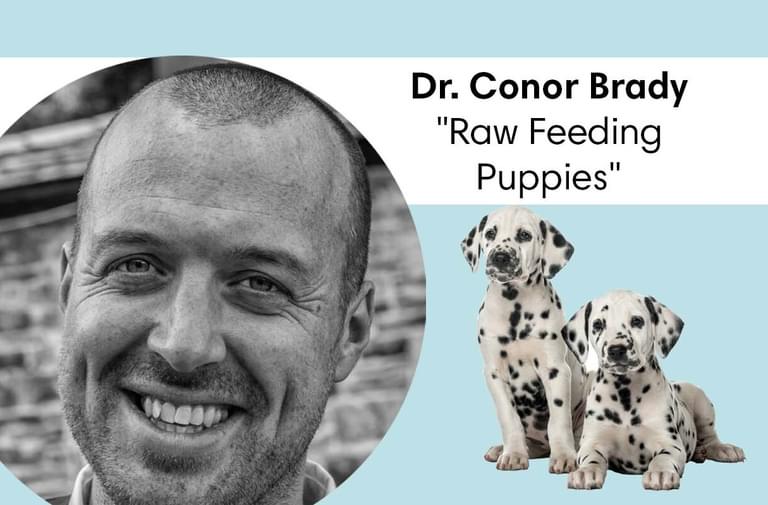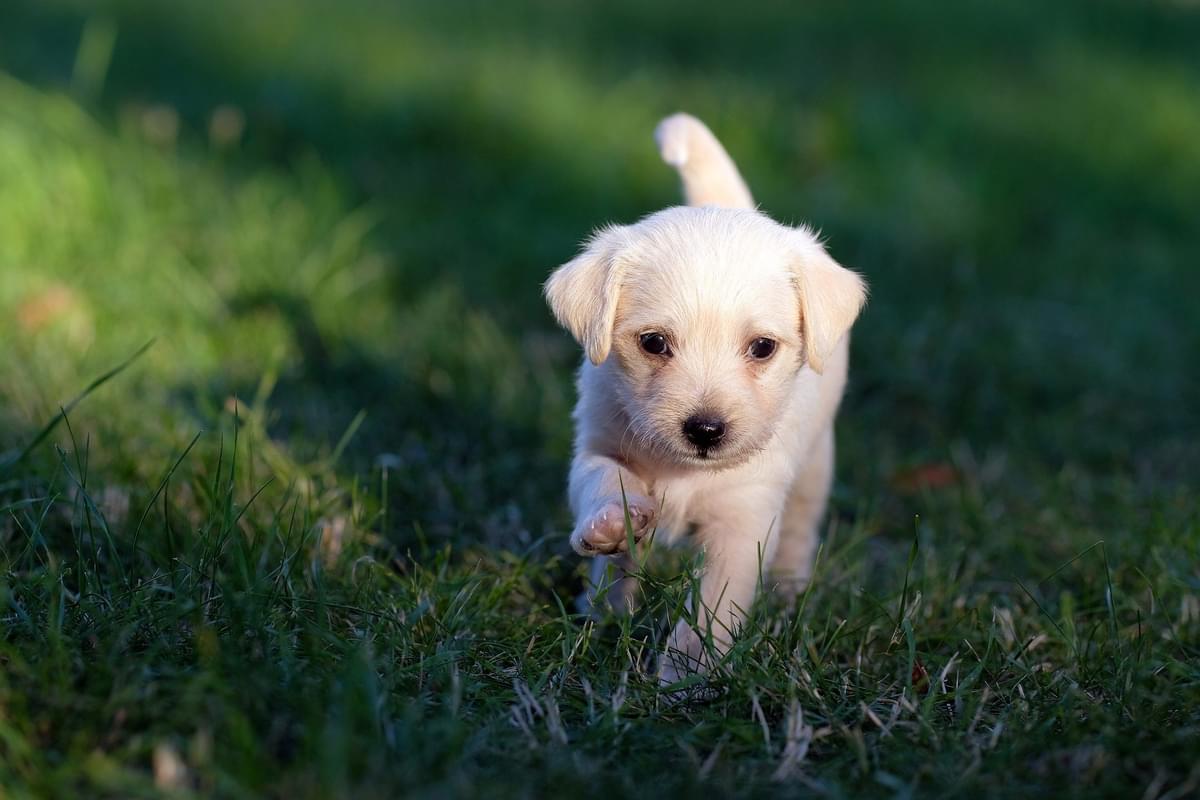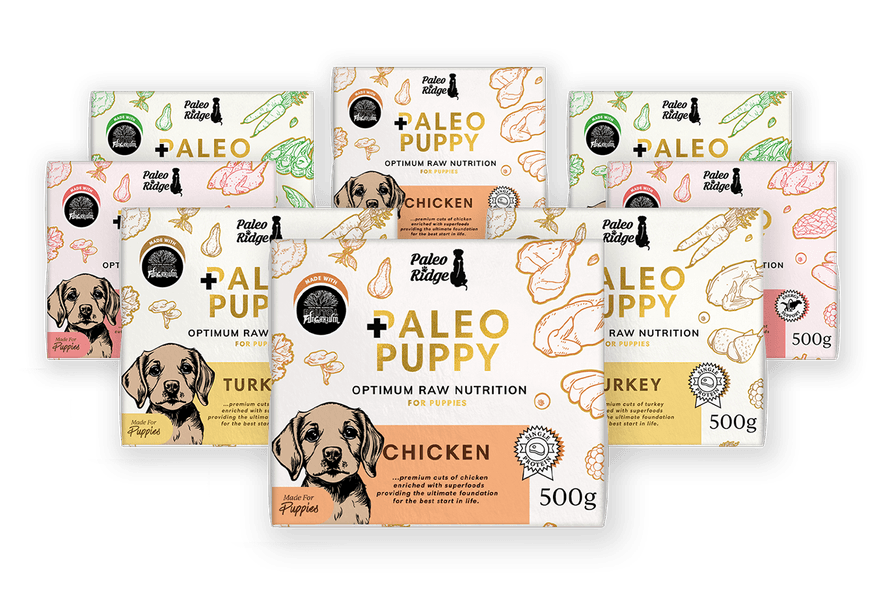That's the start of things for little meat eaters. Then Mum (and Dad) starts bringing back whole pieces for them to scrap over and soon they're out looking for the good stuff themselves. It's as simple and as complex as that.
So what does that meal look like? Well, it would be fairly lean, containing lots of animal protein and some fat. We say lean as there are no fat animals in nature. Those guys are cheeseburgers. Young animals are fattier for sure, a delicacy for carnivores when unprotected. And animals do get fatter in Autumn to prepare for winter, absolutely, but overall, the evidence suggest they are mostly lean, unlike farm-reared meat.
The most common food items selected by the dog appears to be small animals including rabbits, rodents, birds, frogs, carcass and perhaps a very small amount of plant matter. While the nutrient composition of smaller prey animals varies with species, season, and living conditions, we have established that protein/fat ratio of small, whole prey animals such as rabbits is probably something around a lean 4:1, on a dry matter (water removed) basis. In fact, few prey animals register below 60% protein, on a dry matter basis.
For this reason, I do feel modern pre-made raw dog foods that are equal parts protein to fat are very high fat diets. Most are around 2 parts protein to 1 part fat, say 16g of protein to 8g of fat per 100g, but this, in my opinion, is still a higher fat diet for dogs. They love fat, of course. In ad-lib (eat as much as you like of whatever) trials dogs pig out on fat first, decreasing their intake over time. Fat would be a scarce but highly prized food item in nature. It offers twice the calorific whack of protein and those sorts of gains can mean the difference between life and death in the wild.
Dogs seem to do fine on these higher fat mixes when fed in moderation but I would advocate for leaner diets day to day. Paleo Plus, which I helped formulate, is quite lean compared to competitors, around the 4:1 ratio. We achieved this by including more lean meat. This offers a conundrum to the manufacturer as such mixes cost a lot more to make and thus appear “more expensive” than so many competitors. It puts extra pressure on the manufacturer to increase the awareness of the biologically appropriateness of such foods.
So, historically dogs and their pups have enjoyed a fresh, lean, high protein, moderate-to-low fat diet, the very opposite to the high carb pellets recommended by vets today.
Fresh protein is vital to your pups early development. Proteins are the building blocks of life. They are the basis of all tissues – muscles, bones, tendons and ligaments. It is your hair, skin and fingernails. It is your joints, blood vessels and organs. Protein is vital to cellular regeneration, maintenance and repair, and for making hormones, enzymes and antibodies. It’s hard to over- emphasize just how important good quality protein is to the young frame (any body, really). In fact, the word protein comes from the Greek word proteios, meaning ‘of prime importance’.
Raw dog food provides them with all the protein building blocks they could possibly need to build the most perfect, most robust frame they can. The ingredients in dry food absolutely do not, hence they have to add them at the other end from a conical flask (as if protein was just amino acids, but we don't have time to go down that rabbit hole...)
OK Conor, right, bloody hell, we get it. Lots of protein for little pups. Please stop.
Right, back to the dry pet food producers. The Small Animal Clinical nutrition (SACN, penned by Colgate Palmolive, the makers of Hills Pet Food) states the minimum protein requirement for the normal growth of pups (over 6 months in a cage where fitness is measured only by 4 blood values, no joint integrity, lean muscle mass or any other fitness measures of value are taken), is 225 g of protein per kilogram (22.5%) of dry food for pups aged 4–14 weeks (falling to 175 g per kg (17.5%) of dry food for older dogs).
For some reason, over time, these minimum guidelines have become an optimum for the industry to achieve. Can you believe that?? Check your dry food of choice. It’s hard to get away from this one: your vet is recommending that a dry food with the minimum amount of protein, is the optimum route to nutritional prowess in your little protein eater.
The rest of that kibble, bar the bit of badly treated, chemically preserved fat, is cheap carbs. This is despite taste trials conducted by the pet food manufacturers themselves (pubmed.ncbi.nlm.nih.gov) revealing dogs do not choose carbohydrates to any large degree at all. In fact, when carbs are included and put to the test in sled dogs, injury increases the more carbs fed. We know the more protein you include (and the less carbs) the better their kidney function. We know high carbohydrate diets are linked to obesity and that lower-higher-protein diets produce better weight loss results. We know high carb diets are linked to diabetes, are causing most of the pancreatitis affecting 2/3 of healthy (dry-fed) cats and dogs by mid-age and explain a large chunk of why dogs are TEN TIMES more likely to get cancer than humans. Can you believe that?
And it gets worse. With all the indigestible filler ingredients they use to pad out their already nutrient bereft meals, such as bone meal, entirely indigestible corn gluten and beet pulp etc, you'd be forgiven for wondering how much of the actual protein stated on the pack is actually available to the pup? Krogdahl et al. (2004) examined this very question. They tested a range of different dry food diets in mink, including Eukanuba Puppy, Proplan Puppy, royal Canin Puppy and Hill’s Puppy. They found that of the amount of protein stated, less than 75% of it was available to the animal. On average, Eukanuba Puppy stated 27.9% protein, only 20.3% was actually available; Proplan Puppy stated 26.2% protein, only 20.1% was available to the test animals; Royal Canin Puppy stated 21.7% protein (already boldy below the minimum permitted!!), only 16.7% was available; Hill’s Puppy stated 26.8% protein, only 20.8% was available to the animal.
Further, Krogdahl et al. further found no discernible difference in the nutrient content or protein quality or protein digestibility between lower-quality (cheaper) dry foods and these more premium products. They were all the same. The only perceivable difference being the price tag, assumedly.
It is likely the sheer lack of building blocks why Grundström (2013) found that feeding a species-appropriate raw diet is protective of chronic hip dysplasia (CHD) in large-breed German Shepherd pups. Their poster was presented at the Waltham Nutritional Symposium in 2013. They analysed information from 287 GSD owners ranging in age from 2–6 months (54 with CHD, 103 without) and 6–18 months (49 with CHD, 81 without) and found that feeding a species- appropriate diet consisting of raw meat, raw offal, raw bone and raw cartilage, raw fish, raw egg and raw tripe could protect GSD from CHD. The data further showed that even if only a part of a kibble-fed dog’s diet is supplemented with raw food, it could help protect puppies from CHD. Interestingly, the study found that feeding cooked meat, bone and cartilage might increase the risk.




